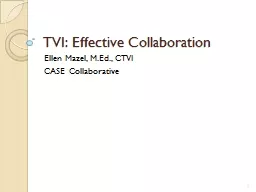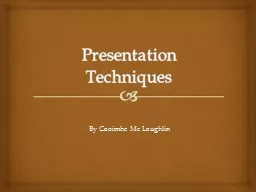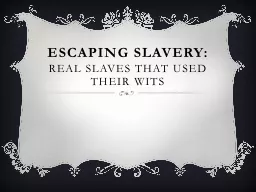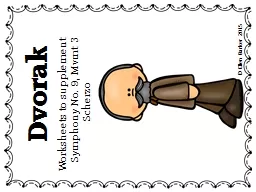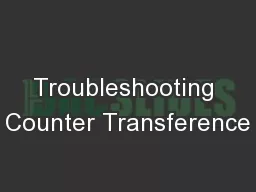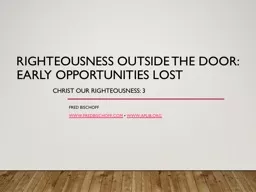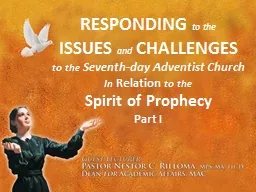PPT-1 Ellen Mazel, M.Ed., CTVI
Author : kittie-lecroy | Published Date : 2019-11-09
1 Ellen Mazel MEd CTVI CASE Collaborative TVI Effective Collaboration 2 What is Collaboration To work jointly together for a common goal 3 What is Effective Collaboration
Presentation Embed Code
Download Presentation
Download Presentation The PPT/PDF document "1 Ellen Mazel, M.Ed., CTVI" is the property of its rightful owner. Permission is granted to download and print the materials on this website for personal, non-commercial use only, and to display it on your personal computer provided you do not modify the materials and that you retain all copyright notices contained in the materials. By downloading content from our website, you accept the terms of this agreement.
1 Ellen Mazel, M.Ed., CTVI: Transcript
Download Rules Of Document
"1 Ellen Mazel, M.Ed., CTVI"The content belongs to its owner. You may download and print it for personal use, without modification, and keep all copyright notices. By downloading, you agree to these terms.
Related Documents

